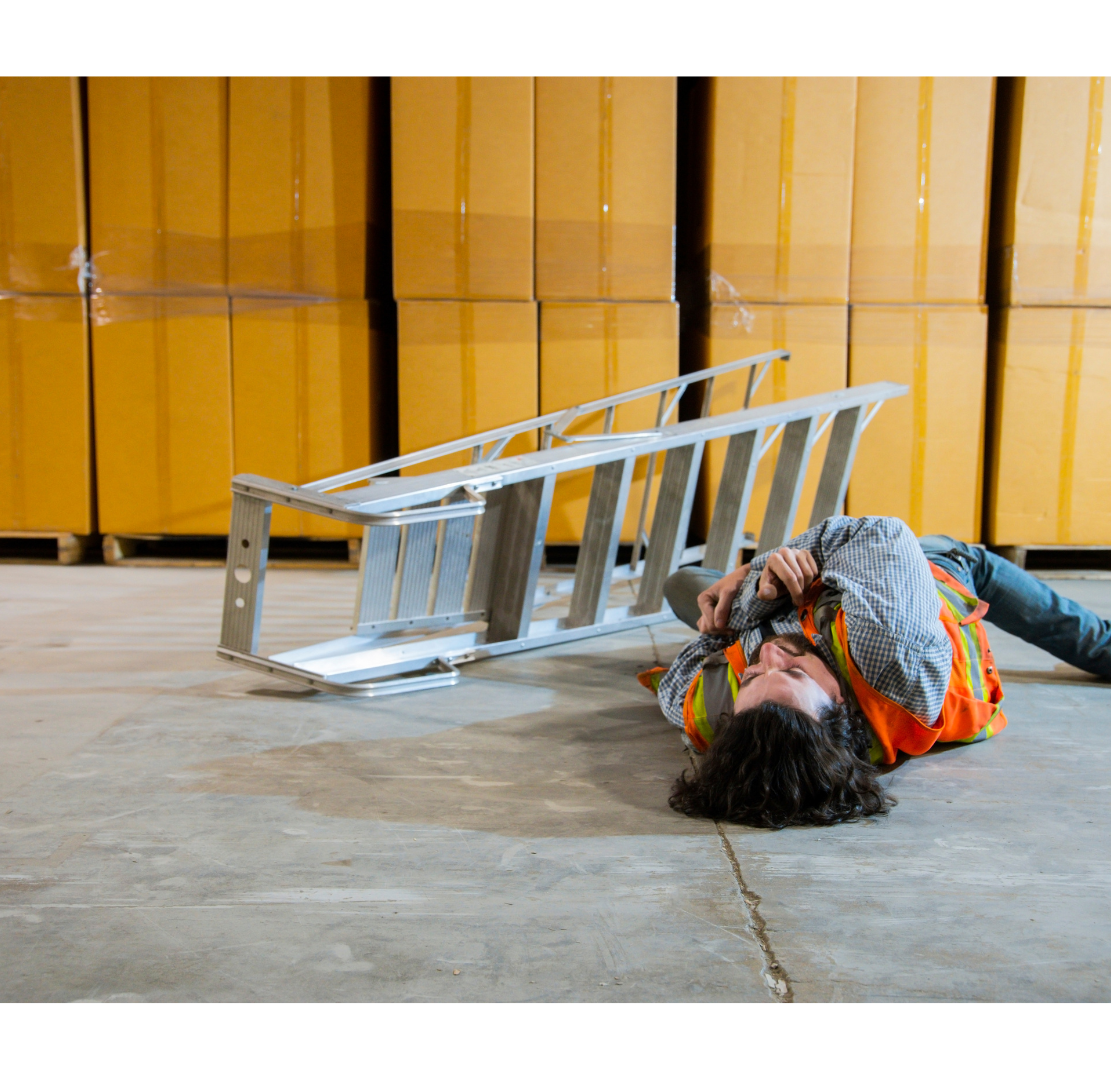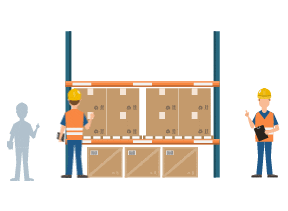
Guidelines
But there are things you can do to improve warehouse safety in India and protect your workers. Here are 6 surefire ways to get started:
Use proper lifting techniques: When lifting heavy objects, it is important to use proper lifting techniques to avoid back injuries. Bend your knees and keep your back straight, and use your legs to lift the object, not your back.
Keep your back straight. This will help to prevent your back from rounding, which can put stress on your spine.
Bend your knees. This will help to lower your center of gravity and make it easier to lift the object.
Use your legs. Your legs are stronger than your back, so use them to do the lifting.
Do not twist your body. Twisting can put stress on your back and cause injury.
Take breaks. If you are lifting heavy objects for a long period of time , take breaks to rest your back.
Follow safety procedures: All employees should be trained on safety procedures and should follow them at all times. This includes things like wearing personal protective equipment (PPE), such as hard hats, safety glasses, and steel-toed shoes, and using the proper equipment for the job.
Personal protective equipment (PPE) is designed to protect workers from hazards in the workplace. Employees should always wear PPE when required, such as hard hats, safety glasses, and steel-toed shoes.
Proper equipment Employees should use the proper equipment for the job. This includes using the right tools for the job, using the right lifting equipment, and using the right machinery.
Safety procedures Employees should follow all safety procedures, such as using the buddy system, following lockout/tagout procedures, and reporting hazards.
Inspect equipment regularly: Equipment should be inspected regularly for any signs of wear or damage. If any problems are found, the equipment should be repaired or replaced immediately.
Visual inspection. A visual inspection is a quick and easy way to check for signs of wear or damage. Look for cracks, loose bolts, and other problems.
Functional inspection. A functional inspection is a more thorough inspection that tests the equipment to make sure it is working properly. This may involve running the equipment or using it to perform a task.
Mechanical inspection. A mechanical inspection is an inspection that involves taking the equipment apart to look for problems. This is usually done by a qualified technician.
Create a safety culture: A safety culture is one where safety is everyone’s responsibility. Employees should feel comfortable speaking up if they see a safety hazard. Management should also create a culture of safety by setting a good example and by rewarding employees for safe behavior.
Employee engagement. Employees should be engaged in the safety process. They should be involved in developing safety procedures and they should be encouraged to report hazards.
Management commitment. Management should be committed to safety. They should set a good example by following safety procedures and by enforcing safety rules.
Rewards and recognition. Employees should be rewarded for safe behavior. This will help to create a culture where safety is valued.
Provide training: Employees should receive regular safety training. This training should cover topics such as proper lifting techniques, fire safety, and emergency procedures.
New employee training. New employees should receive training on all aspects of safety, including the company’s safety policies and procedures.
Recurrent training. Employees should receive recurrent training on safety topics to ensure that they are up-to-date on the latest safety practices.
Enforce safety rules: Safety rules should be enforced consistently. Employees who violate safety rules should be disciplined. This will help to ensure that everyone follows the rules and that the workplace is safe for everyone.
7. Implement a spill response plan.
Spills can happen in any warehouse, and they can be a major safety hazard. To protect your employees and your inventory, it is important to have a spill response plan in place. This plan should include procedures for:
Identifying and containing the spill.
Evacuating employees from the area.
Cleaning up the spill.
Reporting the spill to the appropriate authorities.
Your spill response plan should be regularly reviewed and updated to ensure that it is effective.
8. Conduct regular fire drills.
Fires are another major safety hazard in warehouses. To help protect your employees and your inventory, it is important to conduct regular fire drills. These drills should teach employees how to evacuate the warehouse safely in the event of a fire.
Your fire drills should be realistic and should be conducted in a variety of scenarios. You should also make sure that all employees know where the fire extinguishers are located and how to use them.
9. Train employees on safety procedures.
It is important to train your employees on all safety procedures that are relevant to their job duties. This training should include topics such as:
Proper lifting techniques.
Fire safety.
Hazardous materials handling.
Machinery safety.
Evacuation procedures.
Your training program should be comprehensive and should be regularly updated to reflect changes in safety regulations.
10. Provide personal protective equipment (PPE).
PPE, such as hard hats, safety glasses, and steel-toed shoes, can help to protect employees from injuries. It is important to provide your employees with the appropriate PPE for their job duties and to ensure that they are using it properly.
You should also have a system in place for inspecting PPE regularly and for replacing it when it is damaged or worn out.
11. Monitor employee health and safety.
It is important to monitor the health and safety of your employees on a regular basis. This includes conducting regular safety inspections and investigating any accidents that occur.
You should also have a system in place for reporting and tracking safety incidents. This information can be used to identify trends and to make improvements to your safety program.
In addition to these tips, it is also important to be aware of the specific safety regulations that apply to warehouses in India. These regulations can be found in the Factories Act, 1948, and the Boilers Act, 1923.
Glossary
Spill response plan: A plan that outlines the procedures for identifying, containing, cleaning up, and reporting spills in a warehouse.
Fire drill: A practice exercise that simulates a fire in a warehouse and teaches employees how to evacuate the building safely.
Personal protective equipment (PPE): Equipment that is worn by employees to protect them from injuries. This includes hard hats, safety glasses, steel-toed shoes, and other protective gear.
Safety culture: A culture in which safety is everyone’s responsibility.
